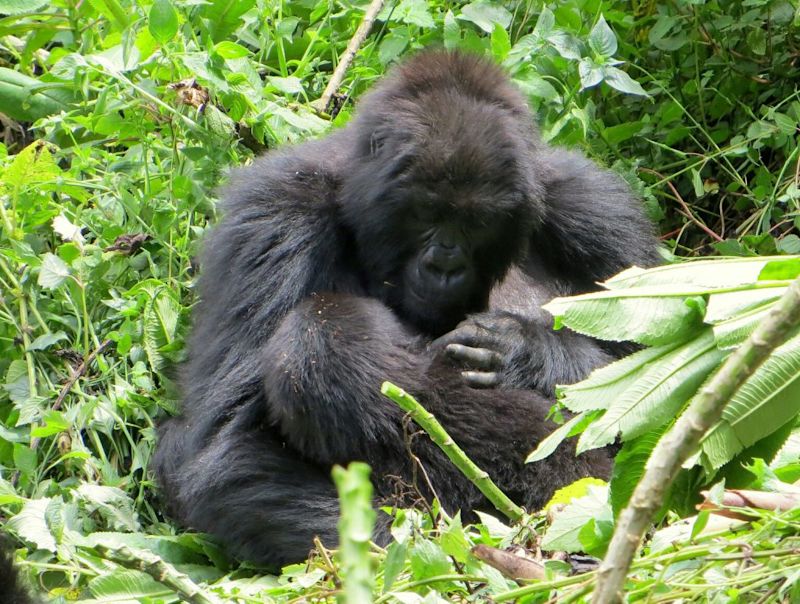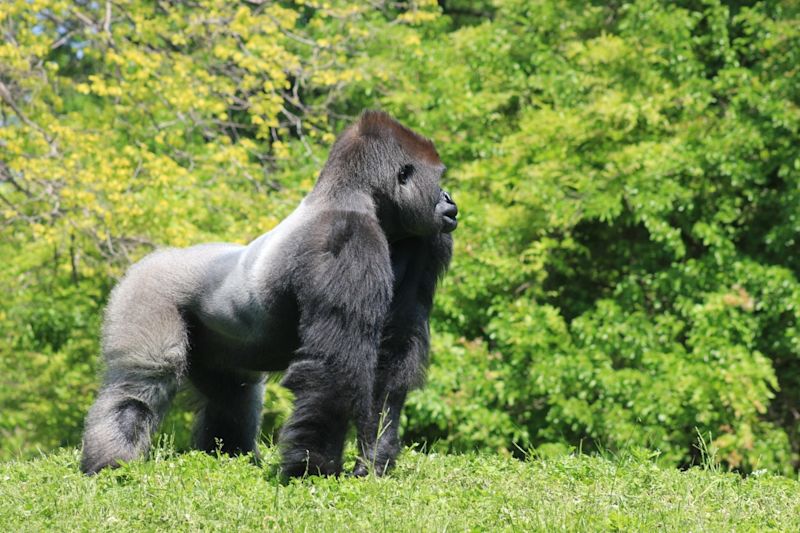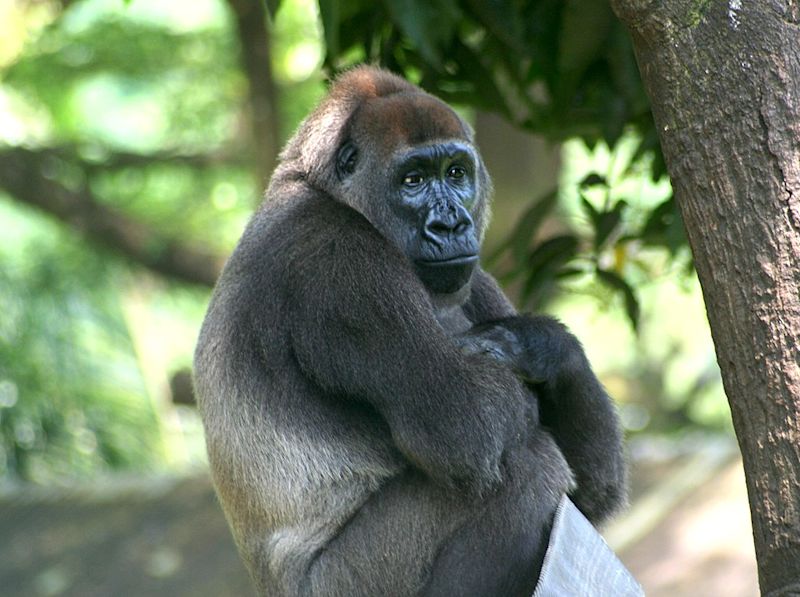
Where do gorillas live?
Short answer: gorillas live in the forests of equatorial Africa. But there are four different types of gorillas, and each has its own region. We tell you where each one lives AND, importantly, where to go to visit them!
EASTERN GORILLAS
Mountain gorillas

Countries: Uganda, Rwanda and the DRC Habitat: Montane rainforest (up to 4,000 m above sea level) Scientific name: Gorilla beringei beringei Population: Estimated 1,100 to 1,200
The Virunga Mountains (which straddle the DRC, Uganda and Rwanda) Bwindi Forest (in southwest Uganda)
Interesting fact: There's talk of classifying the Bwindi gorillas as a separate subspecies to the Virunga gorillas.
Where you can visit mountain gorillas
Bwindi Impenetrable National Park , Uganda Mgahinga Gorilla National Park , Uganda Volcanoes National Park , Rwanda
Eastern lowland gorillas

Country: The DRC Habitat: Forest (between 600 and 2,900 m in elevation) Scientific name: Gorilla beringei graueri Population: Estimated 4,000
Where you can visit eastern lowland gorillas
WESTERN GORILLAS
Interesting fact: There's a gap of nearly 1,000 km between the closest western and eastern gorilla populations.
Western lowland gorillas

Countries: Cameroon, Gabon, the Congo, Angola, Equatorial Guinea, CAR Habitat: Swamp and montane forest (up to 800 m above sea level) Scientific name: Gorilla gorilla gorilla Population: Estimated 110,000
Where you can visit western lowland gorillas
Cross river gorillas

Countries: Cameroon and Nigeria Habitat: Lowland montane forest (from 150 to 2,000 m above sea level) Scientific name: Gorilla gorilla diehli Population: Estimated 250-300
Where you can visit cross river gorillas